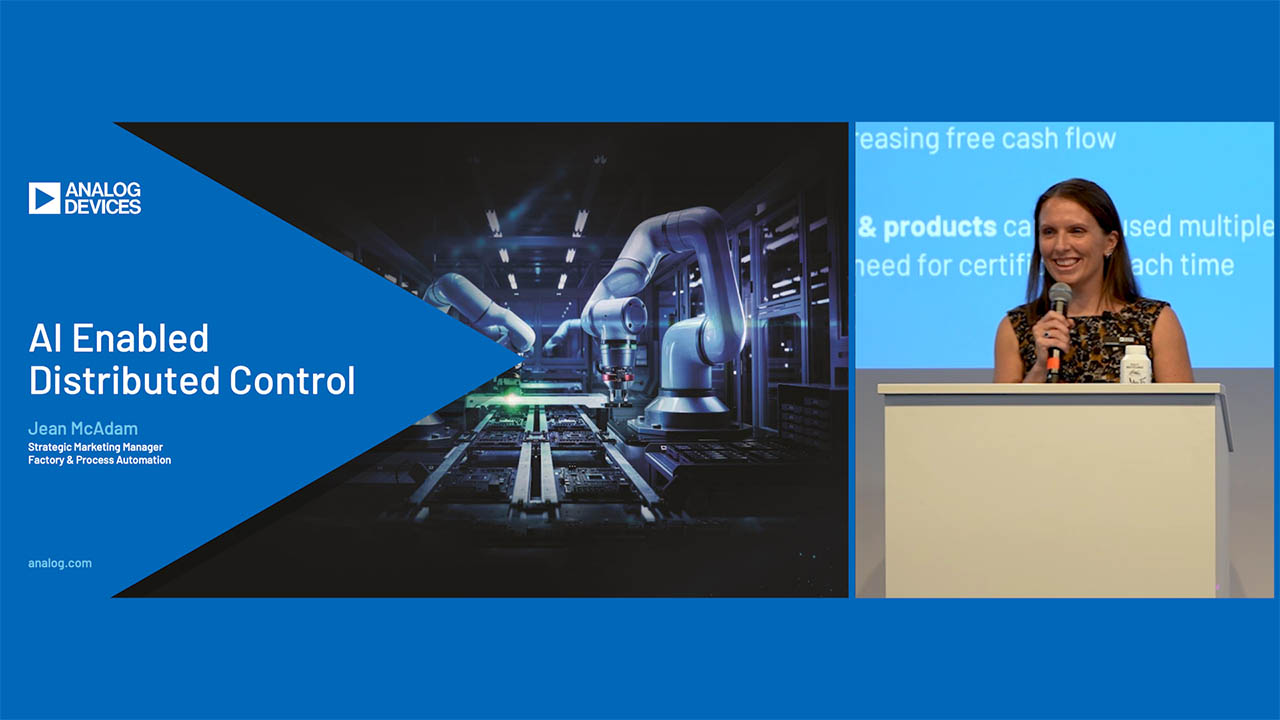Abstract
Non-return-to-zero (NRZ) signaling is widely used for data transmission in digital communication systems. Many NRZ test patterns have been created for system test and verification. These patterns are usually designed either to simulate actual data or to stress certain aspects of the system. To understand the effects of the various test patterns on a particular system, it is important to understand the frequency characteristics of both the test pattern and the system under test.
This article shows straightforward relationships between the time-domain characteristics of NRZ test patterns, such as data rate and pattern length, and their frequency-domain spectral components. Topics include an overview of NRZ test patterns, computation of the power spectrum, lab measurements of the power spectrum, and application of these concepts to system understanding. Read full article.
A similar version of this article appeared in the September 2, 2004 issue of EDN magazine.
{{modalTitle}}
{{modalDescription}}
{{dropdownTitle}}
- {{defaultSelectedText}} {{#each projectNames}}
- {{name}} {{/each}} {{#if newProjectText}}
-
{{newProjectText}}
{{/if}}
{{newProjectTitle}}
{{projectNameErrorText}}




















